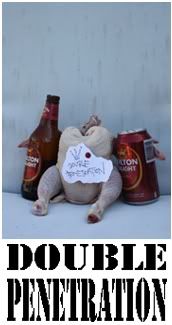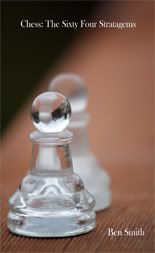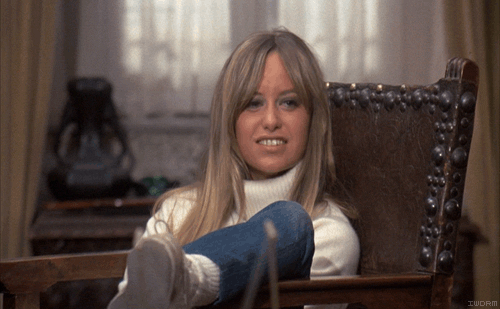
EARLY DAYS
My interest in the pyramids of Egypt began in 1987. On my birthday that year, a friend gave me a book – "The Seven Wonders of the World" by Werner Ekschmitt. The last chapter deals with the only remaining wonder, the Cheops pyramid on Egypt's Giza Plateau.
My engineer's curiosity was aroused because there seemed to be so many questions and so few answers. I just couldn't get over the fact that we can fly to the moon and explore the depths of the oceans, but we can't answer so many basic technical questions about the most exhaustively studied historical monument of all times.
The book contained references to the German Archaeological Institute (GAI) and its director, Prof. Dr. Rainer Stadelmann, to whom I soon wrote, expressing my interest. At the same time, I began analyzing the pyramids, as of 1989 by computer – looking for tell-tale signs, the fingerprints always left behind by the designer and builders of any large construction. In the early 90s I began developing a computer-based study focusing on the knowledge of the ancient Egyptians and the means available to them to conduct their work on various monuments.
(In September 1997 I gave a speech on this subject during the "Ordo et Mensura" conference at the Deutsches Museum in Munich, organized by Dr. Dieter Ahrens and Dr. Dr. Rolf Rottländer of the University of Tübingen. The SPEECH, also serves to refute the Pi, Pythagorean and Star-Shaft hypotheses relating to the Cheops pyramid.)
Because of my interest in the technical aspects of archaeological issues, I have supported and initiated a number of projects and studies throughout the 90s, including the Siwa Oracle-Temple computer survey, the UPUAUT PROJECT, the ventilation of the Cheops pyramid and the dating of Nazca geoglyphs in Peru. As a further private initiative, I set up the UPUAUT FOUNDATION, a specialized high tech source for digital conservation and field work improvements.
In connection with those endeavors, I have secured the necessary funding and sponsoring for such projects from companies like Compaq, Gore, Port-Escap, Mäurer & Wirz, Autodesk, Datapath, LTG, Helios and ABC Cam-Tech, to all of whom I remain gratefully indebted.
Above all, since my on-site investigation of Cheops ended in summer 1993, I have continued to conduct extensive computer analyses of the data, to further refine the equipment – especially the robotics – required to advance our exploration of the Great Pyramid, and to actively promote that exploration. I remain convinced that, given the opportunity, we will soon be able to solve the remaining mysteries of Cheops.
the upuaut project . com
this is a trip out too . com




 "Drunk at the matinee" is a collection of candid poetry about stupid shit that we all experience from day to day.
"Drunk at the matinee" is a collection of candid poetry about stupid shit that we all experience from day to day.







No comments:
Post a Comment